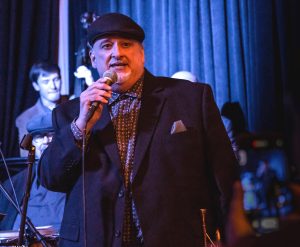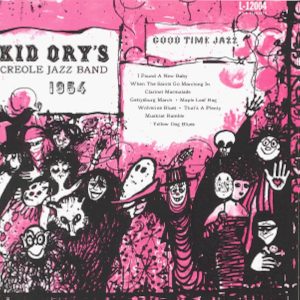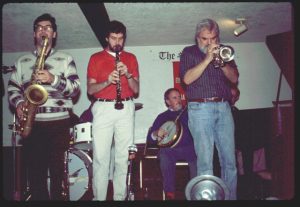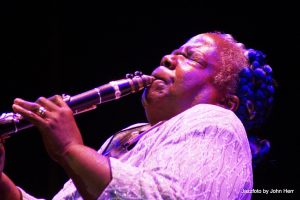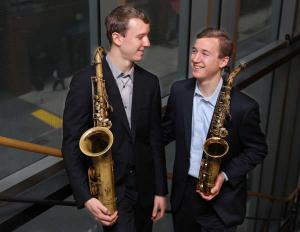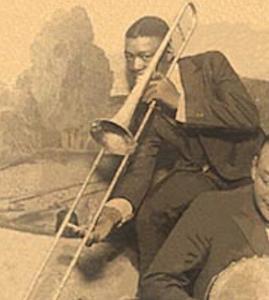
DePriest Wheeler (1903-1998)
DePriest E. B. Wheeler (March 1, 1903 – April 10, 1998), born in Kansas City, Missouri, was the eldest son of Rev. William Henry Wheeler,

DePriest E. B. Wheeler (March 1, 1903 – April 10, 1998), born in Kansas City, Missouri, was the eldest son of Rev. William Henry Wheeler,

Bertha “Chippie” Hill (March 15, 1905 – May 7, 1950) was a dancer and vaudeville singer. At the age of thirteen she and her family
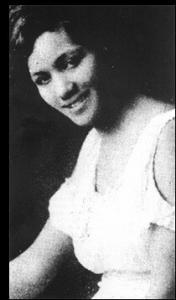
Virginia Liston (c. 1890 – June 1932) would most likely be barely remembered today if she had not sung on a Clarence Williams Blue Five record
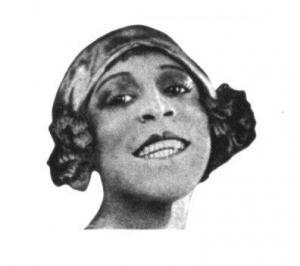
Very little is known about the life of Margaret Johnson. She was very active on the vaudeville circuit in the early 1920s and is known
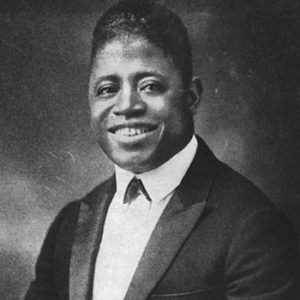
Clarence Williams (October 6, 1898 or October 8, 1893 – November 6, 1965) was both an artist and an entrepreneur. Highly energetic and adept at
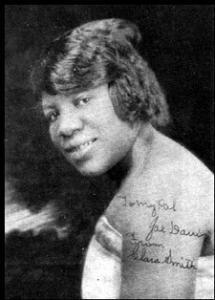
Little is known about Clara Smith’s (March 13, 1894 – February 2, 1935) early life other that that she was from Spartanburg, South Carolina. She
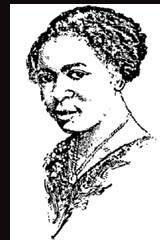
Trixie Smith was born in Atlanta, Georgia and is reported to have studied at Selma University in Alabama. Sometime around 1915 she moved north to

Fats Waller (May 21, 1904 – December 15, 1943) was the son of a preacher and learned to play the organ in church with his
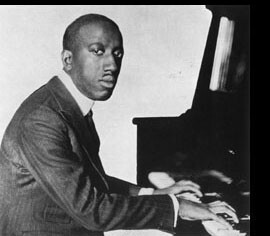
As a boy, James P. Johnson studied Classical music and Ragtime. He started playing professionally in a sporting house, and then progressed to rent parties,
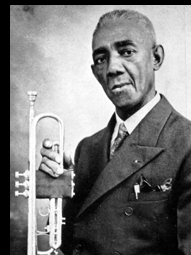
Bunk Johnson (December 27, 1879 or 1889 – July 7, 1949) confused Jazz historians for years by lying about almost everything, but nevertheless he was
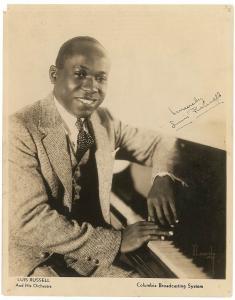
Luis Russell (August 5, 1902 – December 11, 1963) was a native of Panama, but after winning $3000 in a lottery in 1919, he moved
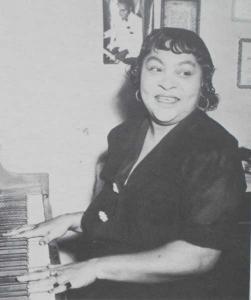
Hociel Thomas (July 10, 1904 – August 22, 1952) was the daughter of pioneering blues and boogie woogie pianist George W. Thomas Jr., and the
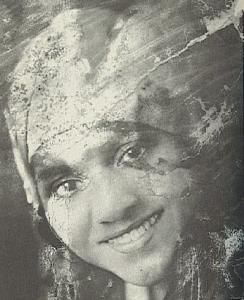
Katherine Henderson was born St. Louis, Missouri on June 23, 1909. She got her start in show business as a small child working in minstrel
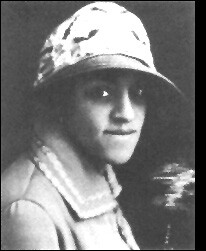
Eva Taylor (January 22, 1895 — October 31, 1977) was a talented entertainer and Blues singer and was one of the first African-American singers to
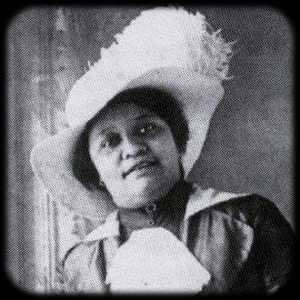
Sara Martin (June 18, 1884 – May 24, 1955) began her career as a vaudeville singer around 1915 in Illinois. In 1922 she was signed
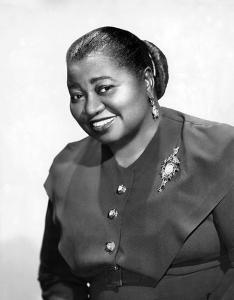
Hattie McDaniel (June 10, 1893 – October 26, 1952) is best remembered today for her role in the film Gone With The Wind. She won
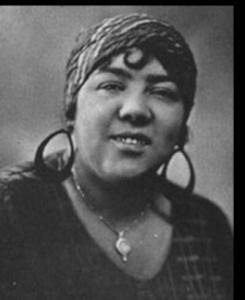
Lizzie Miles (March 31, 1895 – March 17, 1963) was born on Bourbon Street and she was singing with the New Orleans Jazz bands of King
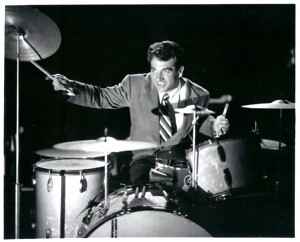
As a teenager in Chicago Gene Krupa (January 15, 1909 – October 16, 1973)was studying drums when he discovered a group of young white jazz
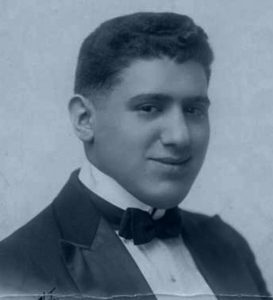
Originally a violinist, Ben Selvin (March 5, 1898 – July 15, 1980) probably made more records than any other bandleader of the 78 rpm era,
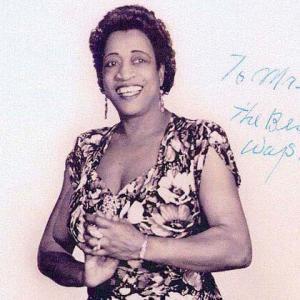
Ida Cox (February 26, 1888 or 1896 – November 10, 1967) sang in church choirs as a child in Georgia. She ran away from home
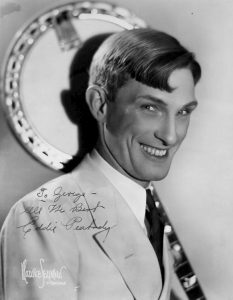
Eddie Peabody (February 19, 1902 – November 7, 1970), the “King of the banjo”, was not only a superb banjoist but also a great showman
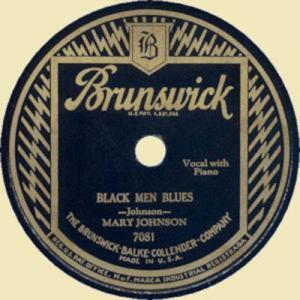
Blues singer Mary Johnson (March 29, 1898 or 1900 – July 20, 1983) got her start in show business as a teenager in St. Louis.
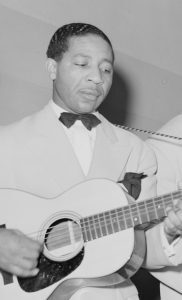
Lonnie Johnson (February 8, 1899 – June 16, 1970)was a pioneering Blues and Jazz guitarist and banjoist. He started playing in cafes in New Orleans
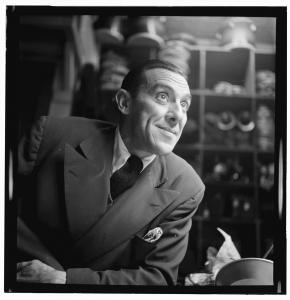
Wingy Manone (February 13, 1900 – July 9, 1982) was a New Orleans trumpet player and vocalist who lost his right arm in a streetcar
